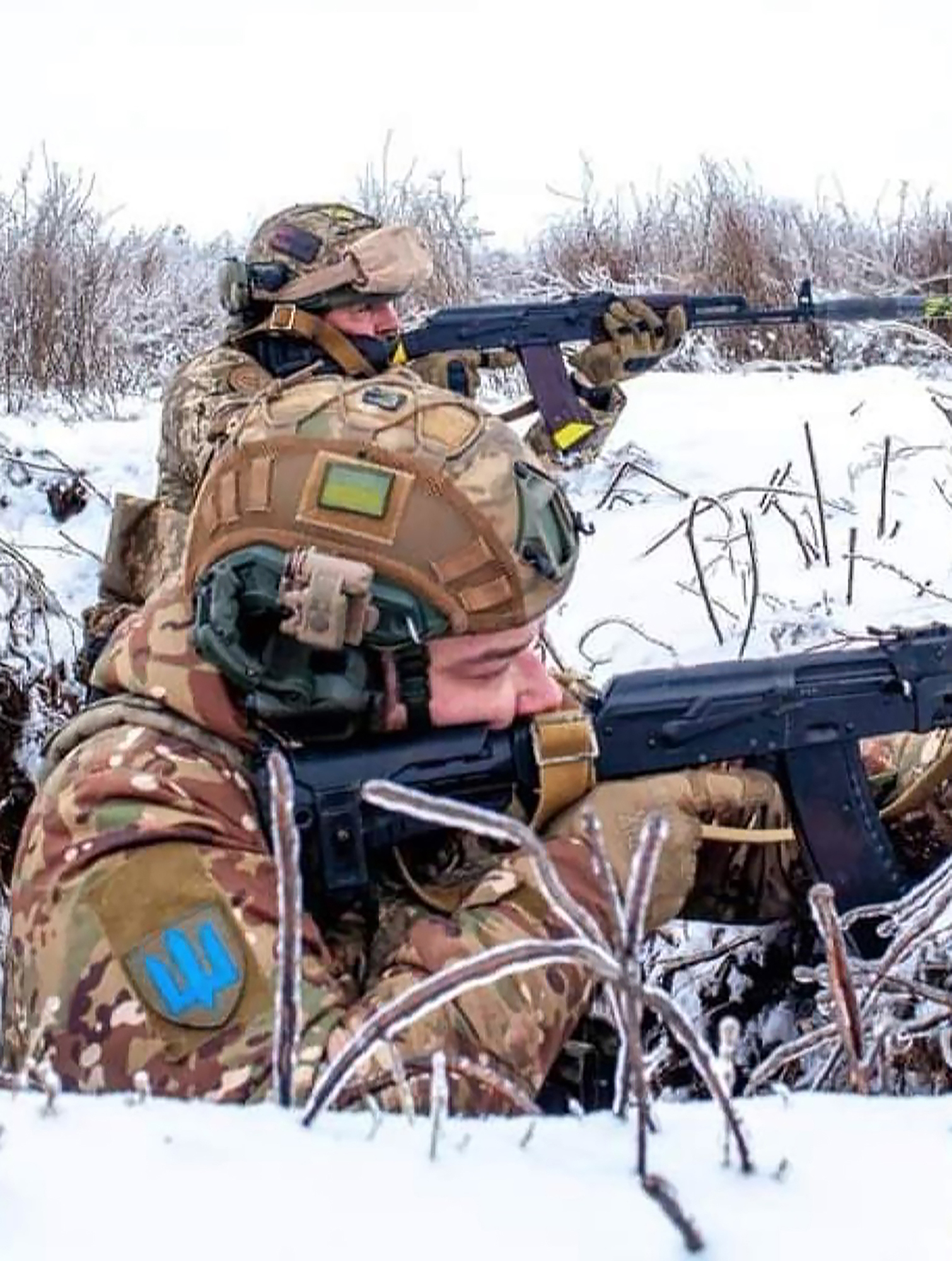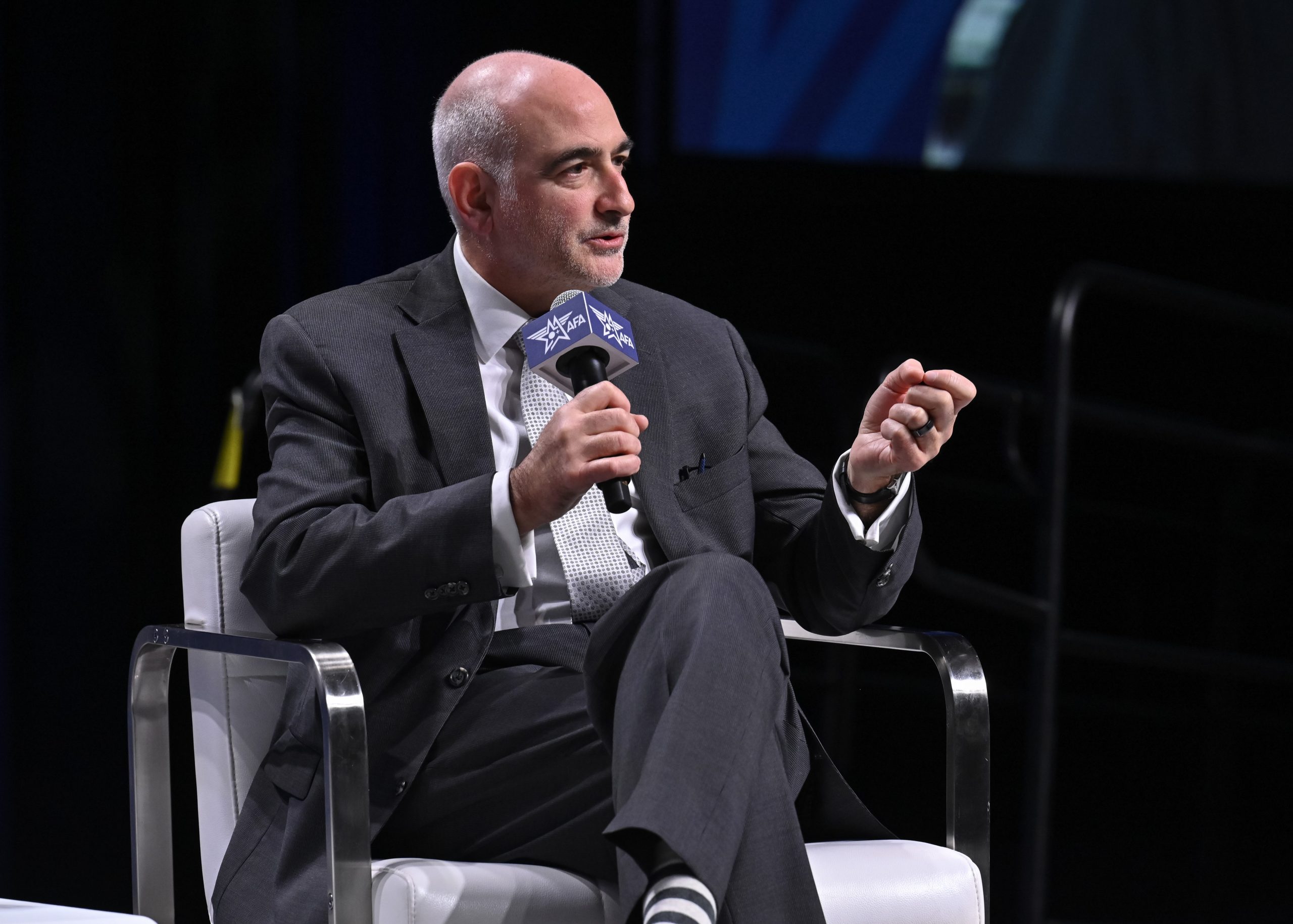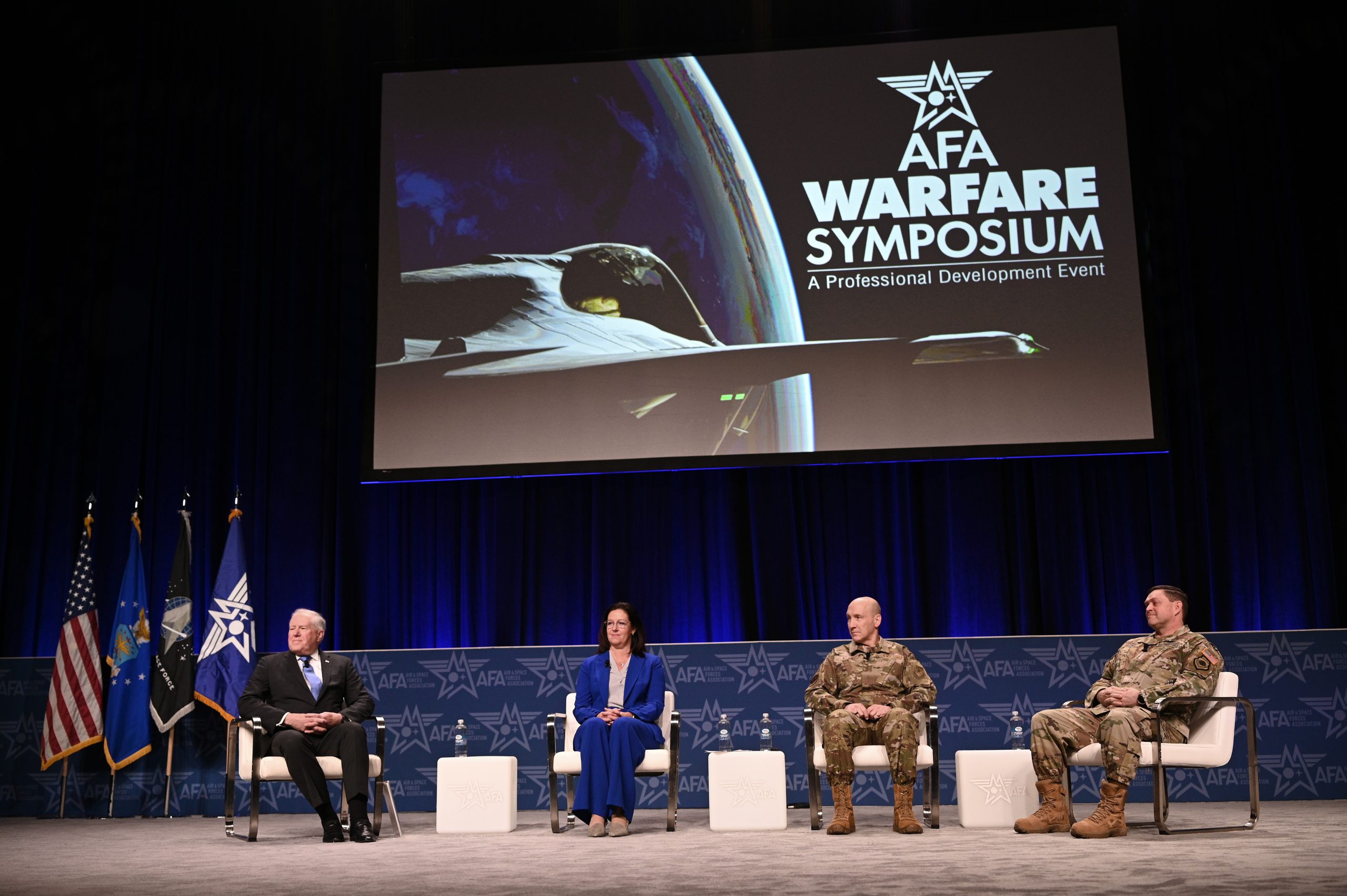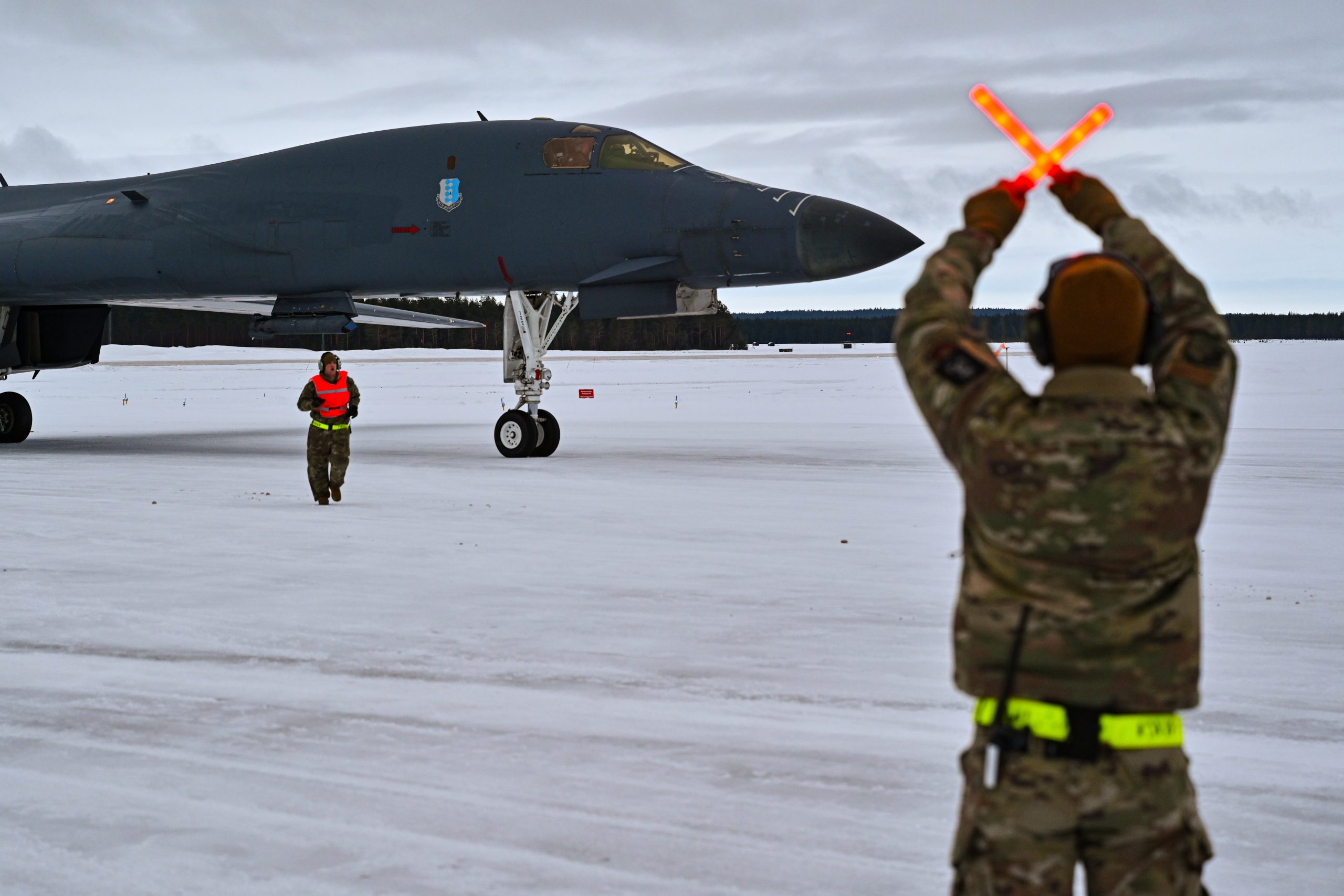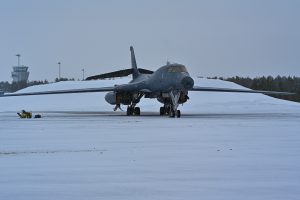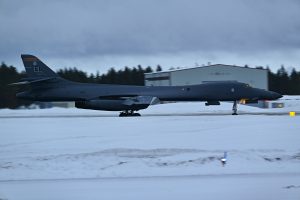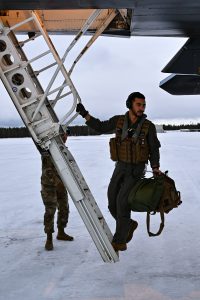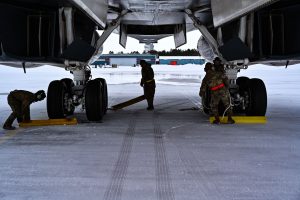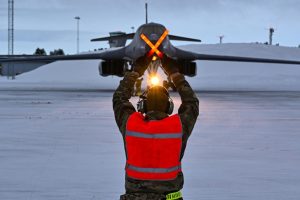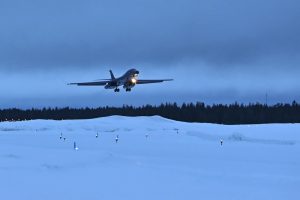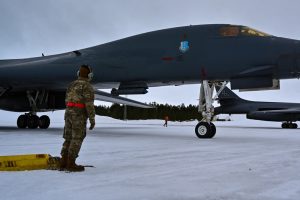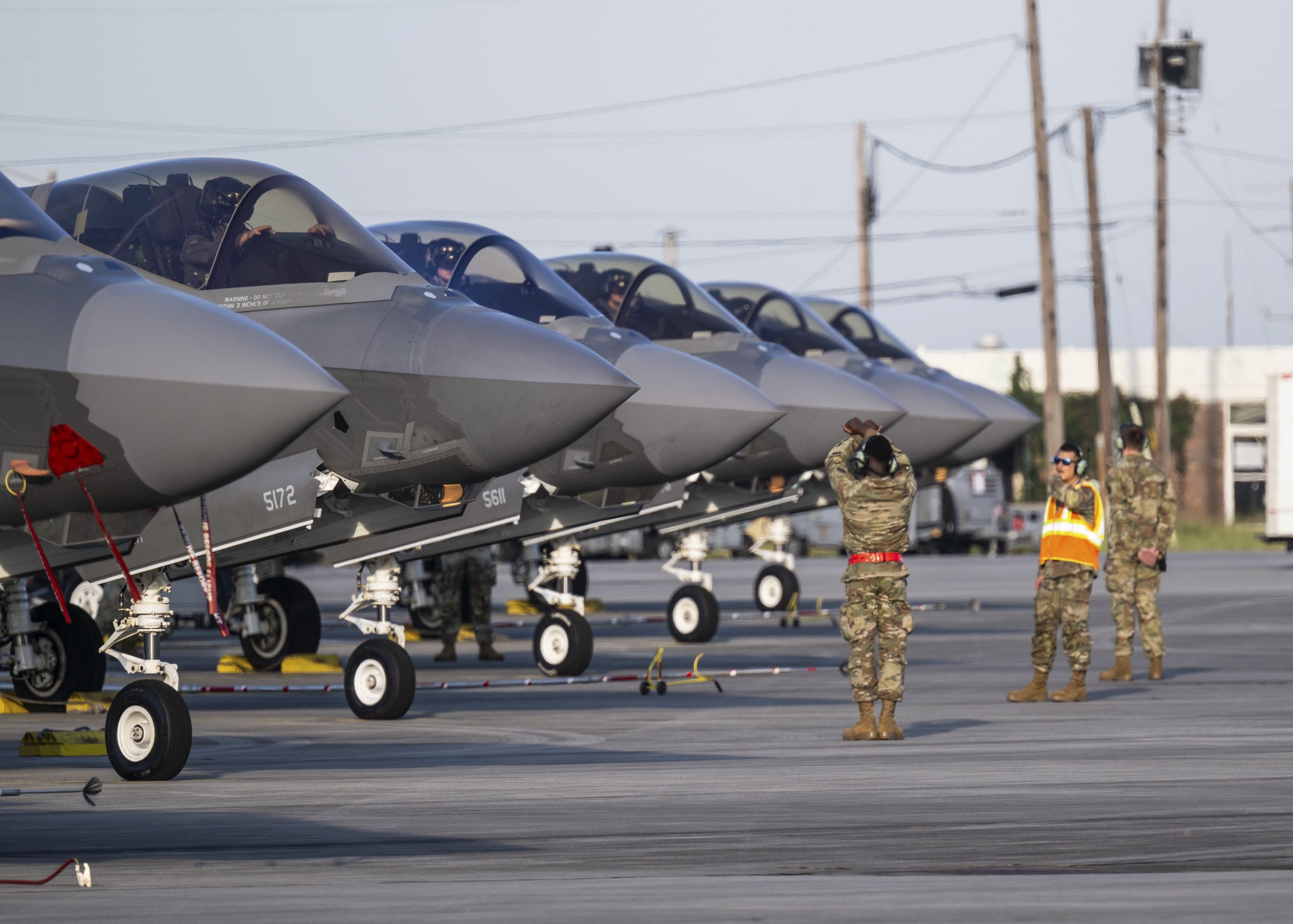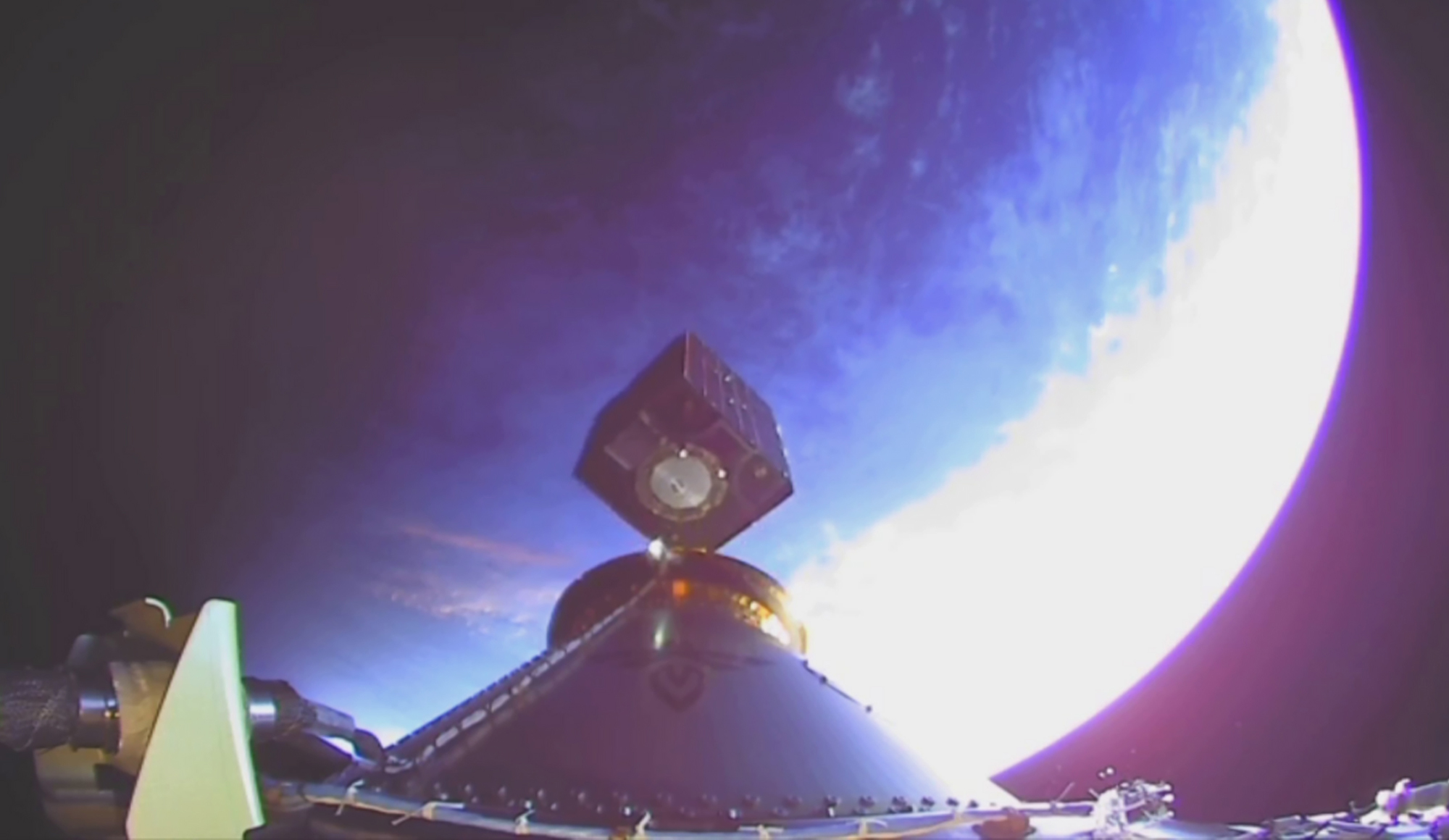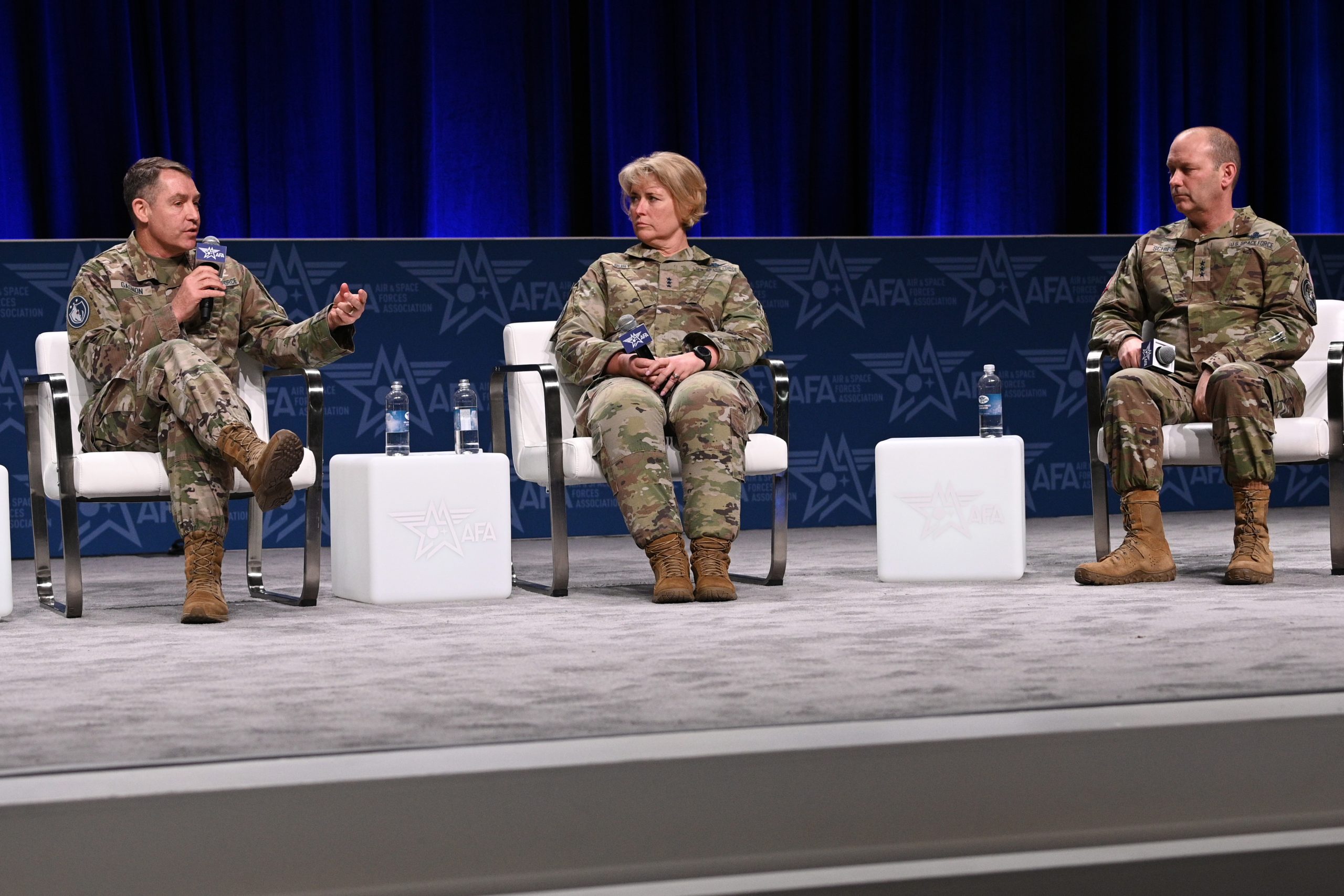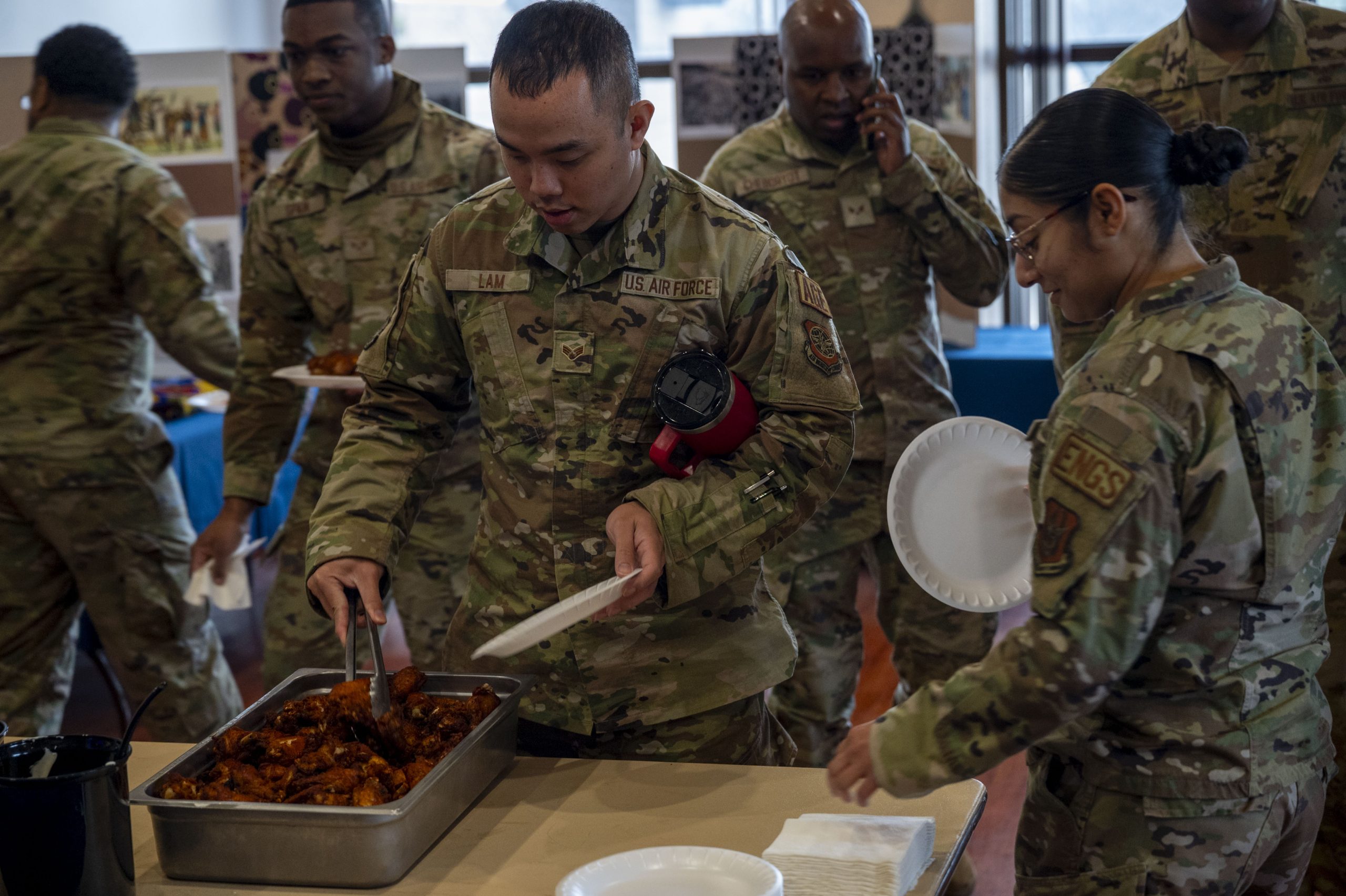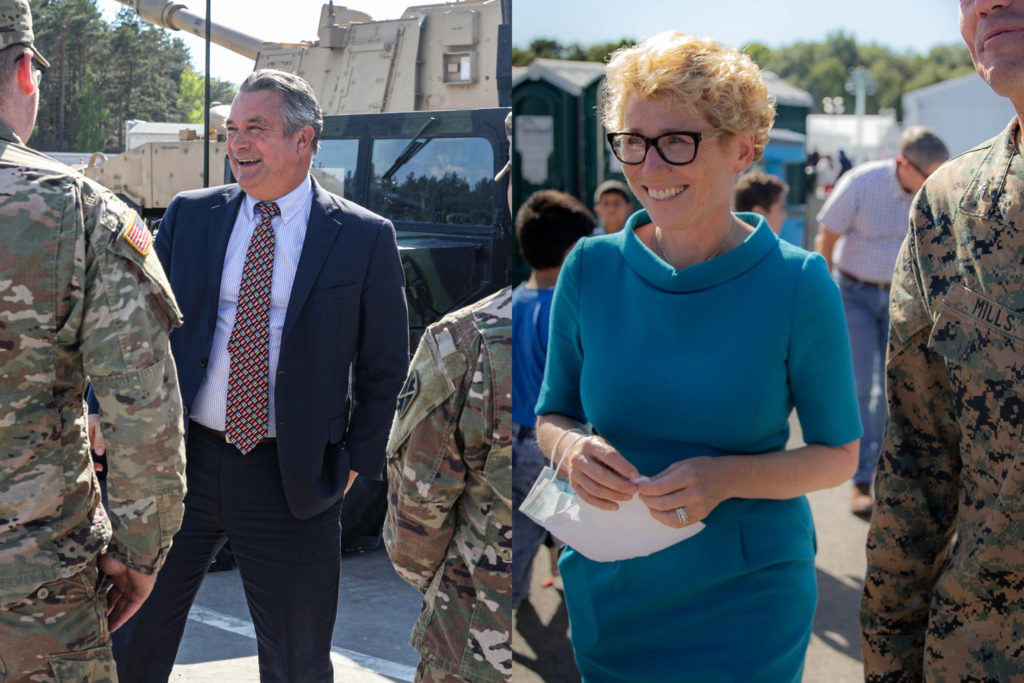Both Ukraine and Russia are stretched economically and militarily by their war, which could end as early as next year due to exhaustion of resources, a battlefield innovation, or an external event that undermines one side, expert panelists at a Center for Strategic and International Studies event said Feb. 23.
The panelists also agreed that timely aid for Ukraine—particularly longer-ranged weapons—is in the urgent national interest of the U.S., which could face dire “main street” consequences if Russia prevails in the conflict.
Eliot Cohen, who holds the Arleigh Burke chair at CSIS and led the 1991-1992 post-Gulf War survey of that conflict, said the Ukraine war is wrongly viewed as stuck in a World War I-style stalemate. Russia promotes that view, Cohen argued, to bolster its narrative that Ukraine’s defeat is inevitable, given Russia’s presumed greater staying power.
“I think it’s a mistake to talk about it as stalemate,” he said, instead describing the conflict as “ positional warfare” in which the initiative swings back and forth.
“There’s a lot of initiative, there’s a lot of adaptation and innovation and change with the initiative going back and forth,” he said. “And we don’t know how long this positional phase may last.”
Innovations which have contributed to momentum swings include the use of drones, satellite reconnaissance on a tactical scale, and the triangulation of cellphone signals and other intelligence that has pinpointed troop concentrations.
Still, Cohen said 2025 may be the “year of decision” for the Ukraine war, because by that time, either side may have exhausted the aid they can get from their allies, or there may be a new military development or innovation that suddenly causes one side or the other to achieve a breakthrough.
Rustem Umierov, Ukraine’s new defense minister, will likely spend the rest of 2024 preparing for that endgame, Cohen said. He will be focused on “sustaining” the Ukrainian military; finding the troops needed for the fight, equipping them, and designing a strategy that holds onto territory taken in Ukraine’s offensives and counter-offensives thus far.
After Russia’s initial invasion and Ukraine’s subsequent counter-offensive, the war‘s third phase has been defined by “a series of attacks and counterattacks,” Cohen said. Russia’s latest successes have come at “horrifically high costs,” he said, but have gained it the initiative.
Still, while “it’s easy to get fixated on the land campaign,” he said, Ukraine has had major success against Russia’s navy despite lacking a navy of its own, sinking the Russian’s flagship and many major combatants. There is also a “deep strike campaign,” in which Russia and Ukraine have used long-range missiles and drones—and in the Ukrainians’ case, special operations forces—to reach far into each other’s territory.
Finally, there is an information warfare campaign where both sides are trying to convince the rest of the world that they have the advantage. The panelists said Russia’s top priority is to convince the West—particularly the U.S. Congress—that Ukraine cannot win the war, and they agreed this will become a self-fulfilling prophecy if aid is withdrawn.
Emily Harding, director of CSIS’s intelligence, national security, and technology program and formerly of the CIA and National Security Council, said a “straight line analysis” of where the war is headed suggests Russia will “continue to throw metal and personnel” at Ukraine.
“You have to think that Ukraine will be stuck in this defensive position for at least the next year while they try to figure out some fundamental things and a reevaluation of the strategy,” she said. Ukraine will have to decide whether to conscript to meet its manpower needs and how to knit together “this hodgepodge of different materiel” it has been receiving from the West “into an effective, coherent fighting force” while holding off Russia’s latest offensives.
Disruptors of that scenario, she said, would include the passage of a U.S. aid package to Ukraine. That would remove any excuse for other European countries to “back off what they’ve been doing” in support of Ukraine, and also give Kyiv an opportunity to “bring the fight home to the Russians” with more direct attacks, she said.
If the West provides more long-range weapons, Ukraine might also be able to strike deeper in Russian territory—making the general Russian population “understand the costs of this conflict” and reverse broad support for the war, Harding said. It is possible there could also be more mutinies among Russian forces, like the Wagner group last year.
Another disruptor might be Ukraine finding “a way to pick its battles differently…ways to focus on a particular area and make gains there,” she added.
There could also be “a fall-off” in Russian munitions production “that could be a game-changer for the conflict, she said. The fact that Russia is having to source munitions and military parts from China, North Korea, Iran, Syria, and other allies “tells us something” about their long-term capacity to sustain war production, she said.
Ultimately, Russia can’t sustain a string of “victories” such as at the recent capture of Deka, where it took as many as 17,000 casualties in one battle; a five-to-one ratio of losses versus Ukraine, Harding said. The Ukrainians “were able to hold off the Russians for quite a period of time until they ran out of ammunition and personnel,” she noted.
At the same time, despite the impressive numbers of weapons the U.S. alone has provided to Ukraine—including more than 10,000 Javelin anti-tank missiles, 2,000-plus Stinger anti-aircraft missiles, 31 Abrams tanks, 186 Bradley fighting vehicles, 189 Stryker vehicles, almost 200 155mm Howitzers, and more than two million 155mm rounds—the current political stalemate on more aid has kept the Ukrainians from achieving a breakthrough, Harding argued.
“We’ve been fiddling while Rome burns,” she said. “We’ve been debating amongst ourselves … now for two years” what will push things “over the top.”
She added, “I would classify the debate inside the U.S. as partially self-deterrence”—driven by the fear that providing more advanced or longer-ranged weapons to Ukraine will “be the thing that tips Russia over into widening the conflict.”
“It just hasn’t happened. Russia is just as interested in keeping this restricted to Ukraine as we are and the more that we let them continue to push forward without pushing back the more they’re going to push,” she said. “Russia is a bully, and they respond to strength.”
Cohen said there still is a failure to supply Ukraine “at the right level of urgency.”
While 10,000 Javelins “makes sense” the provision of just 31 tanks or a single Patriot air defense battery is “ridiculous,” he said.
“We have hundreds of Abrams tanks sitting in storage. These are older model Abrams that are not the ones that our Soldiers use. They’re available,” he said. “They could have gone there long ago. And I think it reflects a failure to think” of provisioning Ukraine at the proper scale, he said. “In a serious war” the victor will lose large amounts of assets, he said, noting historical precedent. To win, “you’re going to take heavy losses and that means you need to think on the right scale and there has been unfortunately, a systematic failure … to take it to wide scale.”
Mike Vickers, former undersecretary of defense for intelligence and assistant secretary for special operations, said he wished he could “wind back the clock, that the U.S. didn’t pursue an incremental strategy” in arming Ukraine.
“I think the Ukrainians would be much better off if we were bolder early on with long range fires,” he said.
Vickers said that with longer-range precision weapons—such as the Taurus missile being provided by Germany—Ukraine will have the ability to hit rear areas and supply routes to arrest Russia’s forward motion. With the U.S. Army ATACMS missile, the Kerch Bridge—a major Russian supply route connecting Crimea with Sevastopol—”might not be standing very long.”
Cohen echoed that, saying Ukraine knows how to disrupt Russia’s rear, “their logistical nodes, command and control, headquarters, things like that…So it is a critically important capability.”
Vickers said supporting Ukraine is “about as black-and-white as you can get in moral terms” and is also critical to the defense of Europe, which is “very important to the United States in its long-term competition with China and Russia.” Defeat would mean a weakening of American and European resolve, and a loss of America’s status as the leader of the free world.
“It sends messages to bad guys everywhere,” he said, adding “China’s watching this closely. … Their calculus about Taiwan will be affected by how this war turns out.”
Harding said there is a “straight line” from the outcome in Ukraine to “somebody’s wallet in Kansas.” The “just-in-time” global system of supply depends on a world that abides by the rule of law, she said.
Vladimir Putin’s aim is to “prove that the U.S. is pointless, that the U.S. is weak, and that U.S. democracy is not all it’s cracked up to be,” she said. Similarly, China wants a world “that’s made safe for Chinese business,” run the way it works best for China. It doesn’t care about “personal freedoms [or] …democracy, but about “making money for [China] and its businesses.”
